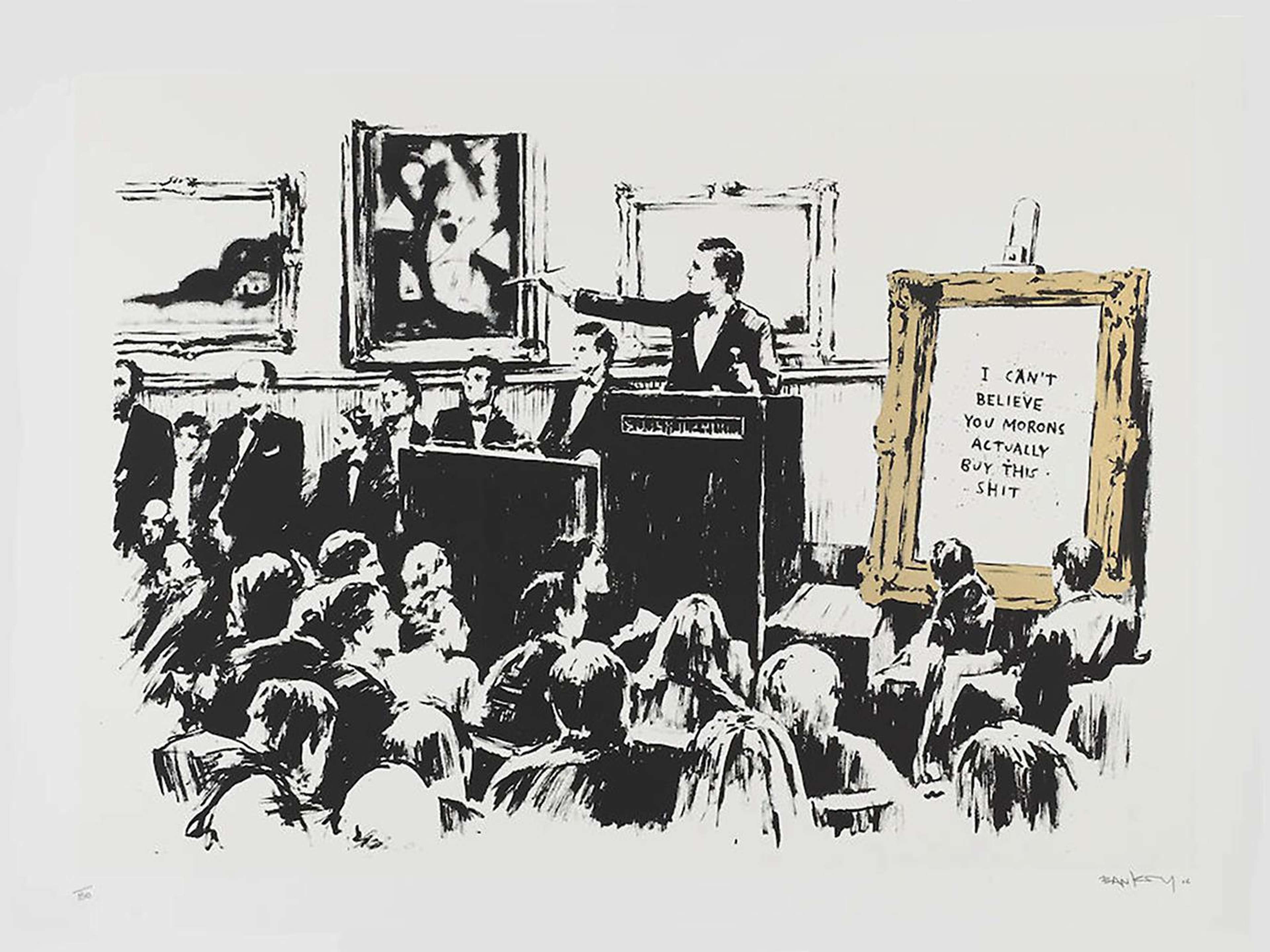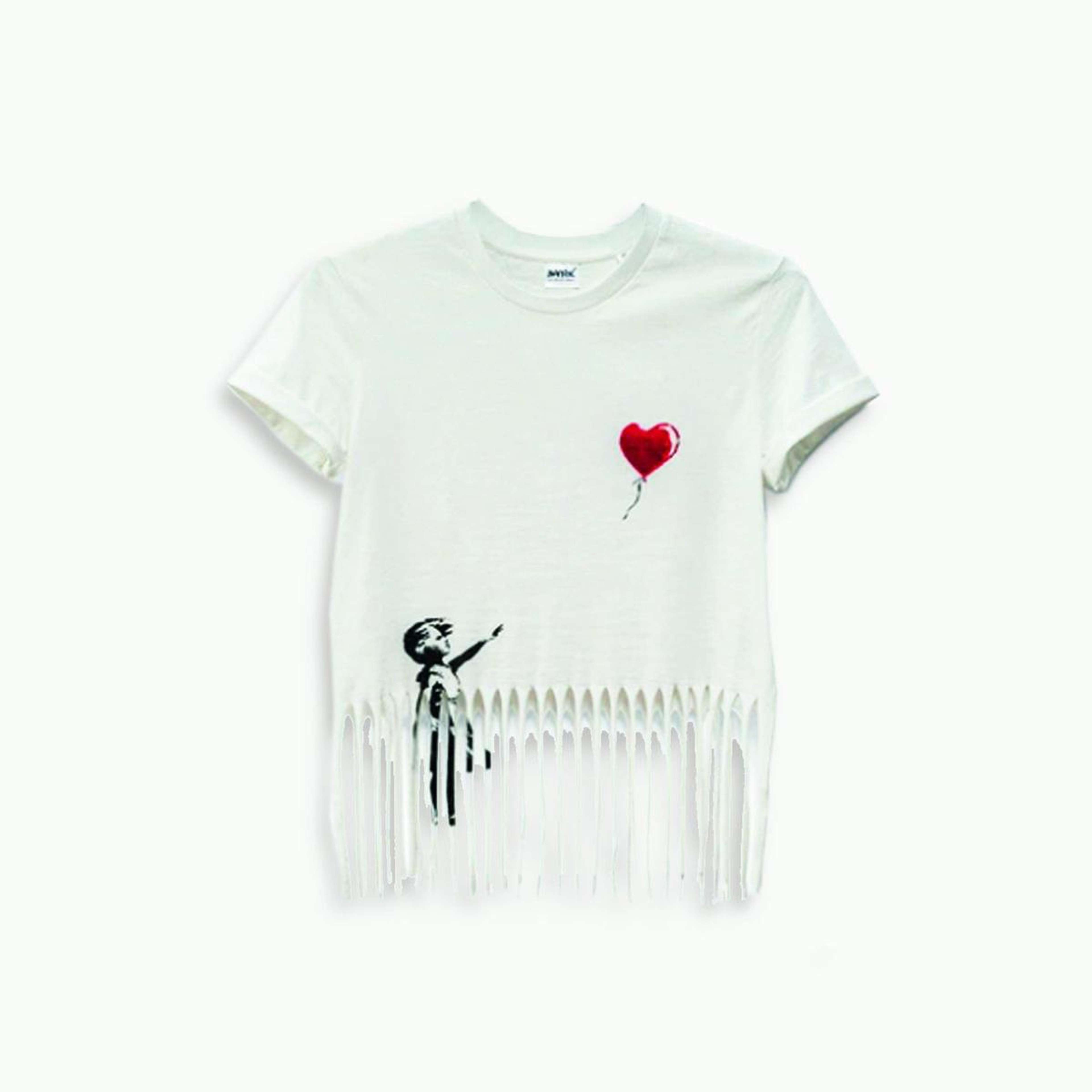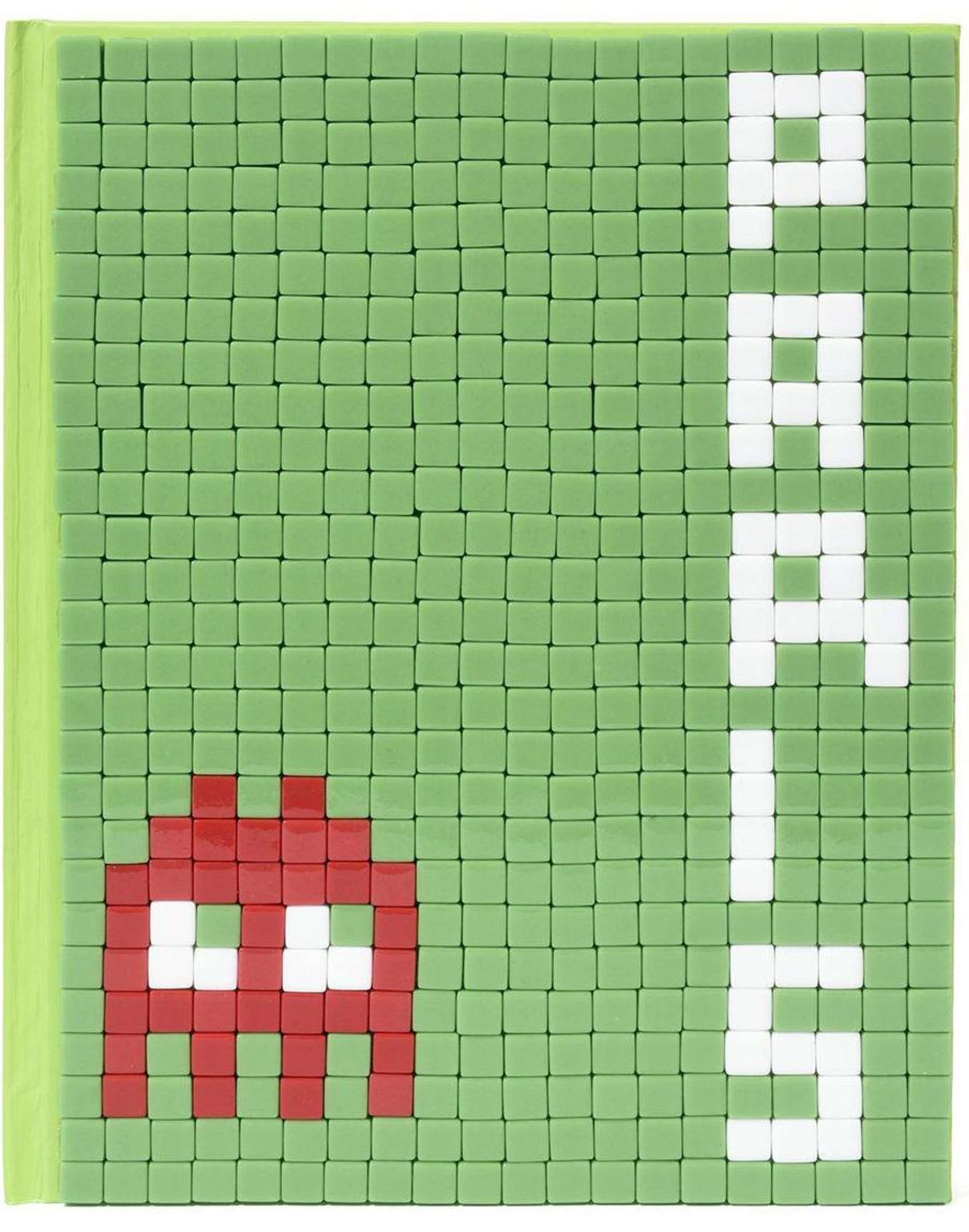 Banksy™ Clock © Banksy, 2019
Banksy™ Clock © Banksy, 2019Live TradingFloor
In recent years, urban and fine art collectibles have taken both the investment world and contemporary & street art markets by storm.
With hundreds of thousands of different collectible items to choose from, it can be a confusing, saturated corner of the market. Fear not. From street art spin-offs to fine art memorabilia, in this article we guide you through some of the basics of collectibles in the art world.
What is a collectible?
9 times out of 10, a collectible is a desirable item linked to popular culture that is worth more than it was initially sold for because of its rarity or popularity.
Like original fine art prints, the value or price of a particular collectible can depend on how many of the same items are available, its overall condition, and the artist with which it is associated.
If a collectible is limited in number, its desirability amongst buyers will likely increase.
In theory, collectibles can be anything. Common art world collectibles range from posters, figurines and clocks to skateboard decks and limited edition toys.
In the art world, what is the difference between a collectible and an original work of art or print?
A print is a work of art that exists in many, identical impressions. Most often works on paper, prints were traditionally made using specialist printing equipment but can now be made using a digital printer.
Although often made after pre-existing and larger-scale works created by the artist using diverse materials, such as oil paint (these are called 'originals'), prints are unique artworks in their own right.
An integral component of the global art market, fine art prints are an increasingly popular way to collect pieces by your favourite artists, at a more affordable price.
Individual prints are often released in editions - this means that there are only so many of them in existence. With a greater number of quality prints in circulation (editions can number between 10 and 500, or even more), the print market is much more dynamic than its counterpart for 'originals'.
A collectible, on the other hand, is most often an object that bears some relationship to an artist, but which is neither one of their original works, nor a print.
Collectibles are often directly inspired by an artist's works, and incorporate some recognisable illustration of their visual 'brand' - think Banksy's Flower Thrower or Yayoi Kusama's unmistakable pumpkin motif - but are not artworks in themselves.
Although prints often take centre stage, collectibles are an increasingly attractive investment option.
A collectible, on the other hand, is most often an object that bears some relationship to an artist, but which is neither one of their original works, nor a print.
Collectibles are often directly inspired by an artist's works, and incorporate some recognisable illustration of their visual 'brand' - think Banksy's Flower Thrower or Yayoi Kusama's unmistakable pumpkin motif - but are not artworks in themselves.
Although prints often take centre stage, collectibles are an increasingly attractive investment option.
How do I know if I’m buying a souvenir or a collectible?
A souvenir is an unofficial, unauthenticated object that entertains some relation to an artist, but which was not produced by them or with their permission.
A collectible, on the other hand, is an official object that comes directly from the artist or their official representatives.
Not an unofficial reproduction or copy, a collectible is a piece of merchandise produced so it can be sold to the public and (the clue's in the name) be added to a collection.
Where can you buy collectibles?
Auction Houses
Collectibles are often put up for sale at reputable auction houses, such as Christie's, Sotheby's, and Phillips.
In an auction house, potential buyers and collectors amass in an attempt to buy a particular object. Each object is called a 'lot'.
At auction houses, buyers bid against other buyers to ensure that the sale of the auction lot goes to them. The highest bid wins the auction lot.
Traditionally, bidding at auction is done by raising your hand to attract the auctioneer's attention and have your bid accepted. Once you've registered your bid with the auctioneer, they will keep looking at you to see if you wish to bid again.
A 'reserve price' is often set on a particular object: if a lot fails to achieve this price at auction, it cannot be sold and remains the seller's property.
Online and via Art Galleries
During the coronavirus pandemic, many auction houses raced to host special 'online only' auctions.
Many of these online-only auctions still take place, with collectibles sometimes up for grabs - so it is worth keeping an eye on the websites of major auction houses if you are looking to buy.
Many artists also use the internet to sell their collectibles directly to buyers. Whether it be via artists' official websites, or via the ever-popular culture marketplace site 'StockX', the internet offers a multitude of options for buyers in the market for collectibles.
Working directly with artists, galleries have been known to sell artist collectibles too.
Key Artists
Banksy
'Gross Domestic Product - where art irritates life'
No stranger to parodying the dangers and paradoxes of contemporary capitalism, Street art sensation Banksy is a critic and champion of the contemporary art market.
The punnily titled GDP - or 'Gross Domestic Product' - is the number 1 authenticated provider of Banksy collectibles.
GDP sells a whole manner of collectible objects, each of which were available to buy via a lottery system. This was designed to keep Banksy collectibles affordable and available to all.
What kind of things were on offer? How much would I expect to pay?
Prices for a used Banksy spray-paint can start at £10. Banksy's Met Ball - a disco ball attached to a police riot helmet - was up for grabs for £500, whilst Duck & Cover - a parodical take on the classic 'flying duck' wall-mount - was up for the same price.
A Banksy Clock featuring one of the artist's trademark rats would have set you back £500. A Banksy Clutch Bag - a brick complete with crumbling mortar and two handbag handles - is another collectible that was also once available via GDP (it is now 'sold out'). For how much, you ask? £750.
Banksy T-Shirts, featuring the artist's unmistakable Girl With Balloon image, or even a Banksy Early Learning Counting Set were also available via the online site.
This collectible comprises a model lorry and 12 figures. A pro-refugee work that underscores the important contribution made by refugees to the UK, it is attached with the following message:
GDP started out as a showroom in Croydon, South London. Banksy decided to create the one-off shop having been told that a greetings card company were attempting to trademark his name.
Invader
With his long-held goal of 'invading space', 80s-inspired Invader is best known for mounting mosaic-based artworks in situ in locations ranging from Paris and Miami to Djerba (Tunisia) and even the International Space Station (ISS).
However, in recent years Invader has produced a large number of unique, saleable ceramic works which he calls his 'Invasion kits'.
These works often appear at auction and online. Recently, an individual mosaic from Invasion Kit 9, Vienna (2008) sold for £9,758 via 1stdibs - an online-based e-commerce company.
In July of 2021, the artist's Invasion Kit 14: 3D Vision realised a stunning £16,250 under the hammer at Christie's.
Always sure to cover his face in public, hardly anything is known about Invader’s true identity. What we do know, though, is that he is a graduate of Paris’s prestigious École des Beaux-arts art school, which once played home to the likes of such influential artists as Ingres, Seurat, Moreau, Rodin, and Marina Abramović.
The leitmotif of Invader’s œuvre are blocky, 8-bit ‘alien’ characters called 'Invaders'. These were taken from Tomohiro Nishikado’s world-famous arcade game, Space Invaders, which were themselves based on drawings made by H.G. Wells for his novel, War of the Worlds (1898).
KAWS
A pioneer of small, limited edition toys, American artist KAWS has been a dominant force in the collectibles market for many years.
Originally, the artist would sell these toy sculptures directly to his fans through his OriginalFake stores but now sells directly via his website.
Each of KAWS' toys features one of the artist's trademark figures. Key components of his unmistakable visual language - his brand - these characters include Companion, Bendy, Chum, and Accomplice.
For a KAWS collectible you might pay anywhere from £24 to over $25,000.
In huge demand even despite their large edition sizes, in 2020 KAWS's vinyl figurines had an average sale price of $26,481.
Recently, KAWS has also explored NFTs, venturing into digital collectibles with major auction platforms, which broadens his market presence across physical and digital art spheres.
Yayoi Kusama
The most expensive living female artist in the world, Kusama has a range of collectible items on offer.
With prices starting at around £200, you can bag one of the Japanese artist's iconic Pumpkins in the form of a coin purse, a cast resin sculpture, and even a plush toy.
On the StockX website, a complete set or 'triptych' of skateboard decks featuring the artist's iconic 'Infinity Nets' design, issued in collaboration with New York's MoMA, is selling for an asking price of £10,228.
Jeff Koons
If you look back to the beginning of King of Kitsch Jeff Koons's career, you might say that the artist started out as a purveyor of collectibles.
What do we mean?
Well, some of Koons's first 'artworks' were entitled New Hoover Convertibles (1981-86). These 'readymade' sculptural pieces made reference to Dadaist Marcel Duchamp and comprised wall-mounted vacuum cleaners, displayed in plexiglass cases.
Often denounced as collectible objects of cynical merchandising, these works were designed to represent the state of absolute 'perfection'. Koons once commented "if one of my works was to be turned on, it would be destroyed."
In recent years, though, small-scale, collectible Koons artworks have begun to appear on the contemporary art market.
Several years ago, Galerie Wild in Zurich was selling an unlimited edition of Hecho a mano – Flower Puppy (1992) - a collectible miniature Koons sculpture. These works, which resemble maquettes for the artist's Easyfun sculpture Puppy (1991), were sold for €900 each.
In 2014, miniature versions of the artist's iconic Balloon Dog sold at Phillips auction house for $17,500, exceeding their $7,000 pre-sale estimate. At the same auction, a red version of the same sculpture fetched $16,250. Although expensive, these prices are far far lower than some of the record prices achieved by Koons works in recent years.
Browse our artist prints for sale or get a valuation here.










